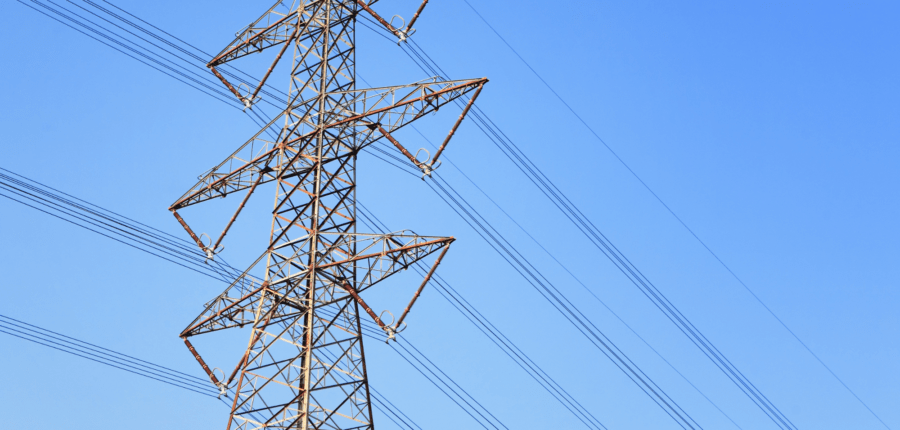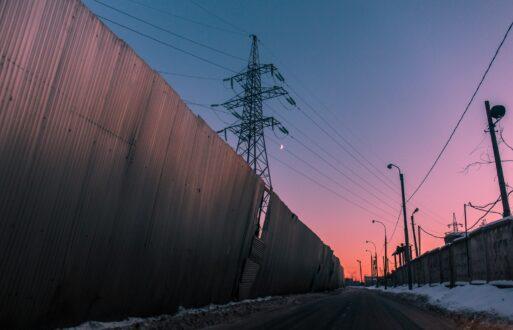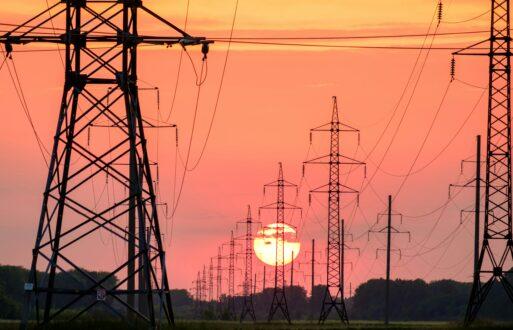Disclaimer: This blog post, which answers “What is a transmission derate, and what are common causes?,” was generated using PCI’s ISO/RTO Documentation AI Chatbot, powered by ChatGPT. While the content is based on curated market documentation, it is intended for informational purposes only and may not reflect the most up-to-date or comprehensive information. We recommend verifying any key details directly with relevant sources before making business decisions.
For the latest answer to this question, generated live, visit our free ISO/RTO Documentation Chatbot.
When it comes to the power grid, reliability is everything. But what happens when a transmission line or facility can’t operate at its full capacity? That’s where the concept of a transmission derate comes into play. A transmission derate occurs when the maximum capacity of a transmission line or facility is reduced due to physical, operational, or environmental constraints. These reductions can ripple through the energy market, affecting everything from available transfer capability (ATC) to market prices and grid stability.
In this blog post, we’ll explore what causes transmission derates, how they impact the grid and energy markets, and why understanding them is crucial for maintaining a reliable and efficient power system. Whether it’s extreme weather, equipment outages, or seasonal adjustments, we’ll walk you through this step by step.
ISO/RTO Documentation Chatbot
Use our AI to search Business Practice Manuals from ISO/RTO markets at no cost.
What causes transmission derates?
Transmission derates can happen for a variety of reasons, but they all boil down to one thing: something is limiting the ability of a transmission line or facility to operate at its full potential. Let’s dive into some of the most common causes.
Outages: Outages—whether planned or unplanned — are a leading cause of transmission derates. For instance, a planned maintenance outage might temporarily reduce the capacity of a transmission line, while an unplanned outage caused by equipment failure could have a similar effect. Imagine a substation circuit breaker failing during a storm. Not only does this create immediate operational challenges, but it also forces operators to reduce the capacity of affected transmission paths to prevent further issues.
Weather conditions: Weather plays a huge role in transmission derates. High ambient temperatures, for example, can reduce the thermal rating of transmission lines because the lines can’t dissipate heat as effectively. On the flip side, extreme cold can cause equipment like transformers to malfunction. Wind speed can also come into play, as it can either cool transmission lines or exacerbate their heating, depending on the conditions.
Environmental and operational constraints: Sometimes, the grid itself imposes limitations. Voltage stability, thermal limits, and transient stability are all factors that can lead to derates. For example, during peak summer months, operators might adjust ratings to account for higher demand and the increased likelihood of thermal overloads.
How transmission derates affect available transfer capability
When a transmission line is derated, the first and most immediate impact is on available transfer capability (ATC). ATC is essentially the amount of unused capacity available for electricity transfers. A derate reduces this capacity, which can limit the ability to schedule energy transactions across affected paths. For example, if a key transmission line connecting two regions is derated due to high temperatures, the amount of electricity that can flow between those regions is reduced. This can create bottlenecks and limit market participants’ ability to trade efficiently.
How transmission derates impact market operations
Transmission derates don’t just affect the physical grid — they also have significant implications for energy markets. When capacity is reduced, it can lead to congestion, where the demand for transmission exceeds the available capacity. This congestion often results in higher locational marginal prices (LMPs) in the affected areas, increasing costs for market participants.
For instance, in markets like IESO, operators may need to adjust intertie schedules or update outage data to maintain system reliability. These adjustments can ripple through the market, affecting everything from energy prices to ancillary service requirements.
How transmission derates influence grid reliability
Grid reliability is the backbone of any power system, and transmission derates can pose serious challenges. Reduced capacity increases the risk of voltage instability, thermal overloads, and even cascading outages. During extreme weather events, operators often implement conservative measures, such as controlling for multiple contingencies or adjusting ancillary service requirements, to mitigate these risks.
Imagine a heatwave causing a widespread derate across multiple transmission lines. Operators might need to curtail non-essential loads or rely on backup generation to maintain stability. These actions, while necessary, highlight the delicate balance required to keep the grid running smoothly.
Real-world examples of transmission derates
To bring this concept to life, let’s look at a few real-world scenarios:
Weather-related derates: During a summer heatwave, a transmission line’s capacity might be reduced due to high ambient temperatures, limiting its ability to dissipate heat. This could lead to congestion and higher energy prices in the affected region.
Equipment failures: A transformer cooling fan failure could reduce the thermal rating of the transformer, requiring a derate to prevent overheating. This might force operators to reroute power flows, impacting ATC and market operations.
Planned maintenance: A planned outage for routine maintenance on a key transmission line could temporarily reduce capacity, requiring operators to adjust market schedules and ensure grid reliability.
Why understanding transmission derates matters
Transmission derates are more than just a technical issue — they’re a critical factor in maintaining a reliable and efficient power grid. By understanding the causes and impacts of derates, operators and market participants can better prepare for and mitigate their effects. Whether it’s adjusting market operations, implementing conservative measures, or planning for contingencies, managing transmission derates is essential for a resilient energy system.
So the next time you hear about a transmission derate, you’ll know it’s not just about a line operating below capacity — it’s about the intricate dance of keeping the lights on, the markets running, and the grid stable.
For the latest answer to this question, generated live, visit our free ISO/RTO Documentation Chatbot.







